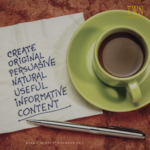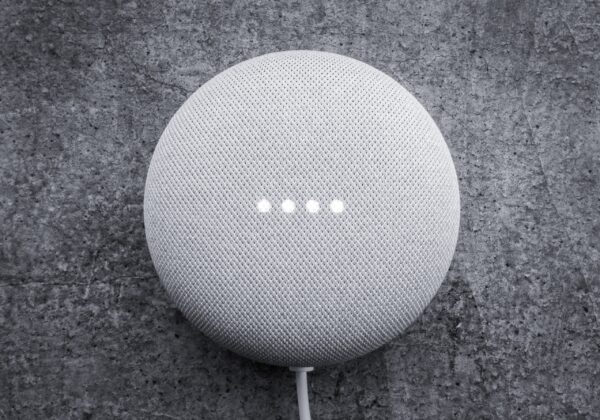
The world of creativity continues to evolve at pace, driven by technological advancements, shifting consumer behaviours, and emerging cultural trends. In this blog, we’ll explore the top branding trends that are expected to dominate the landscape in 2023, helping businesses stay relevant, engage their target audience, and build strong brand identities.
- Purpose-Driven Brands
In 2023, purpose-driven branding takes center stage as consumers increasingly prioritize brands that align with their values. Businesses that authentically embrace a meaningful purpose, whether it’s environmental sustainability, social responsibility, or ethical practices, have a competitive edge. By showcasing their purpose through storytelling and transparent actions, brands can forge deeper connections with their audience, drive loyalty, and make a positive impact on society.
- Personalisation and Customer-Centric Experiences
In the age of personalisation, brands must deliver tailored experiences that resonate with their individual customers. By leveraging data analytics and AI technologies, businesses can gather insights about their customers’ preferences, behaviours, and needs. This enables the creation of personalised messaging, customised products or services, and seamless omni-channel experiences. The ability to provide relevant and personalised interactions enhances customer satisfaction, fosters brand loyalty, and drives long-term business growth.
- Visual Branding and Authentic Visual Storytelling
Visual branding continues to be a powerful tool in capturing attention and conveying brand identity. In 2023, brands are embracing authentic visual storytelling to engage their audience and differentiate themselves. This includes the use of compelling imagery, visually striking videos, and user-generated content. By telling authentic stories through visual elements, brands can create emotional connections, evoke meaningful experiences, and leave a lasting impression on consumers.
- Influencer and Micro-Influencer Marketing
Influencer marketing remains a prominent trend, but in 2023, there is a shift towards micro-influencers who have smaller, more niche audiences. These influencers are seen as more authentic and relatable, leading to higher engagement and trust. Brands are collaborating with micro-influencers to reach specific target segments, leveraging their expertise and influence to promote products or services. This approach allows brands to tap into engaged communities, generate authentic content, and build credibility.
- Augmented Reality (AR) and Virtual Reality (VR) Experiences
Brands are embracing immersive technologies like AR and VR to create unique and engaging experiences for their customers. Whether it’s offering virtual try-ons for fashion brands, virtual tours for travel companies, or interactive product experiences, AR and VR bring brands closer to their audience. These technologies allow consumers to visualise products, explore virtual spaces, and participate in interactive storytelling, fostering a deeper connection and driving purchase intent.
Conclusion
As we navigate through 2023 and beyond, these top branding trends will play a significant role in shaping the future of brand identity. By embracing purpose-driven initiatives, personalisation, authentic visual storytelling, influencer marketing, and immersive experiences, brands can stay ahead in a competitive landscape, connect with their audience on a deeper level, and leave a lasting impression.
















